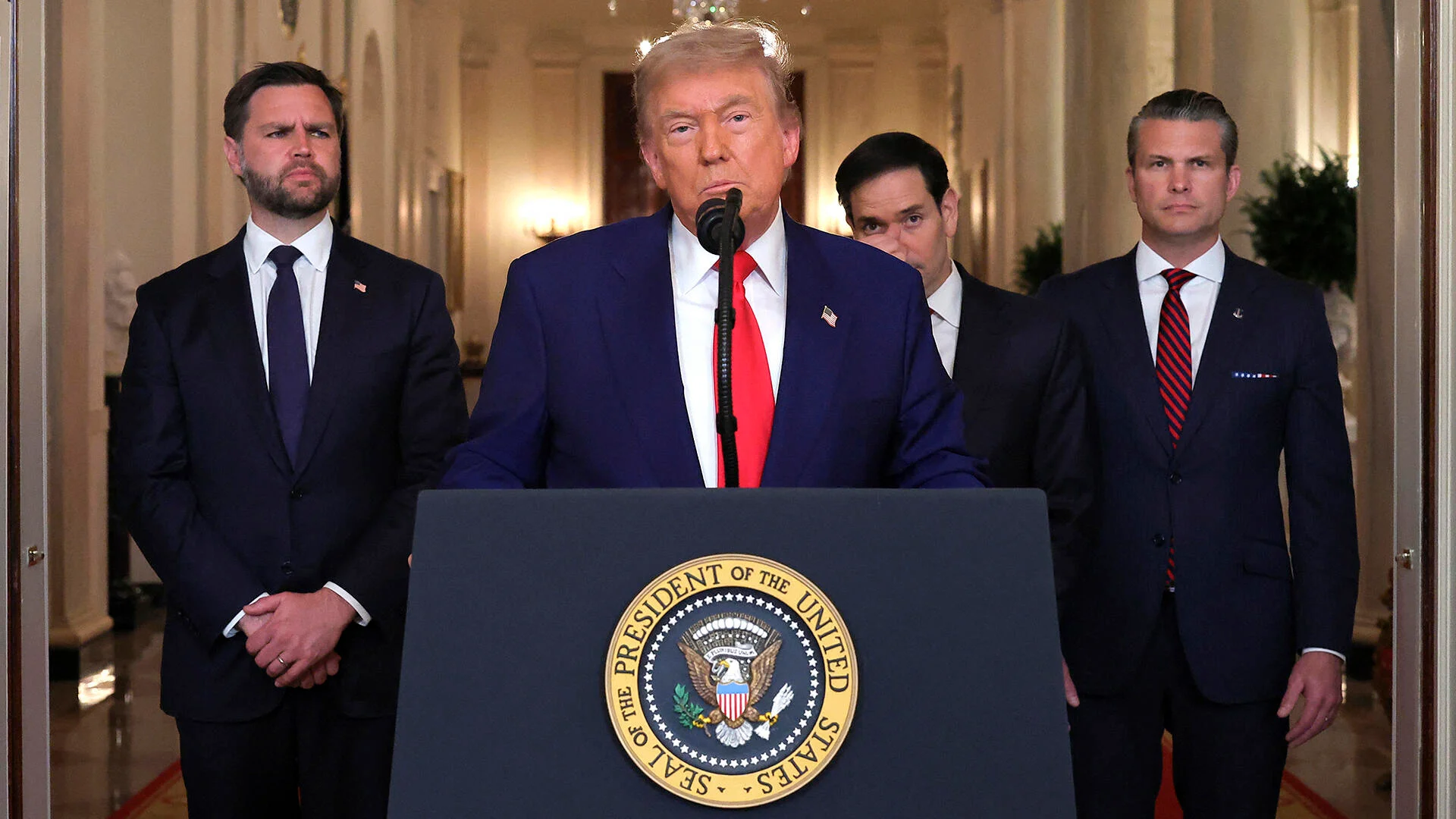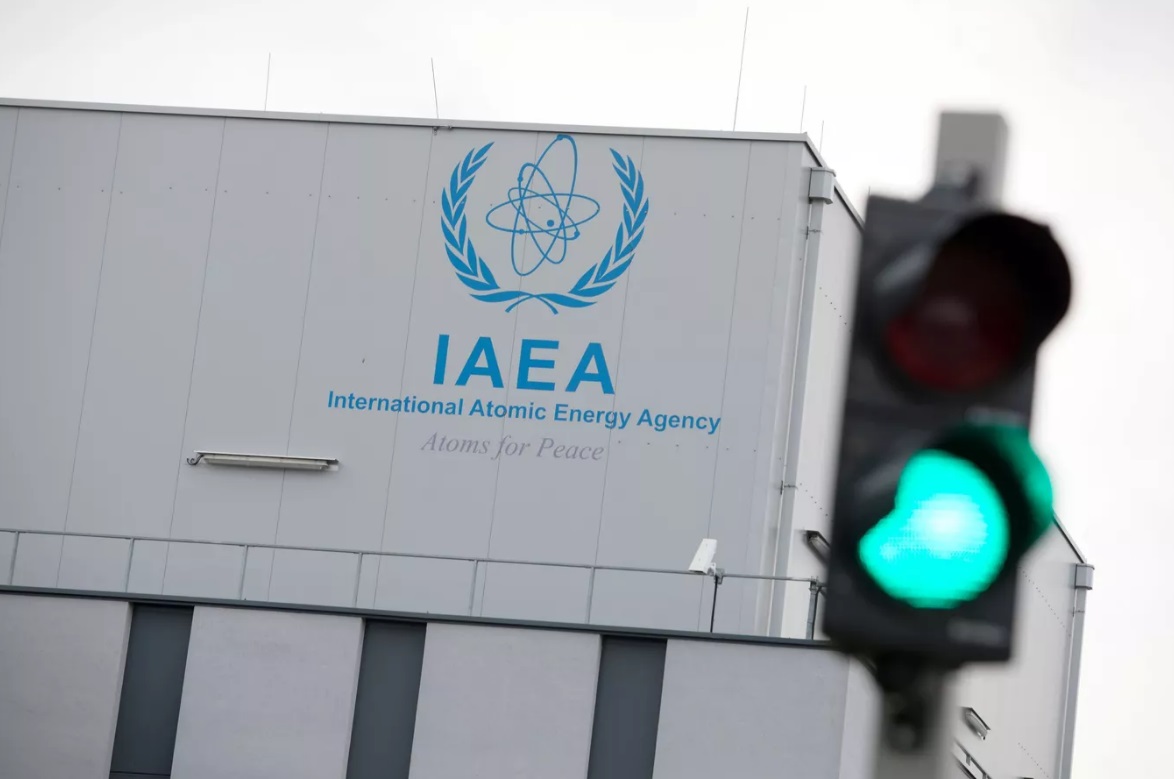By Elliot Hartman | The Maple Times
New intelligence reveals Iran deployed naval mines into the Strait of Hormuz last month prompting global concerns about a possible blockade on a strategic oil chokepoint. Two U.S. defense sources, speaking on condition of anonymity, confirm that Iran’s navy moved to load mines onto vessels in late June following Israeli airstrikes targeting Iranian nuclear facilities. Though the mines weren’t ultimately laid, their presence raised fears of major disruption in one of the world’s busiest oil passages
The Strait of Hormuz is vital to global energy supply, channeling approximately 20% of seaborne oil and LNG exports. Any interference could sharply spike crude prices worldwide and trigger supply chain alarms. However, markets have shown resiliency: Brent crude, which briefly rose to $81.40 following U.S. strikes, has since retreated into the $60s range, reflecting traders’ belief that Iran will avoid full disruption
Still, U.S. officials are cautious. A Pentagon spokesperson stated that the region remains navigable due to “brilliant execution” of Operation Midnight Hammer, which helped ensure “freedom of navigation was restored”. Meanwhile, the Iranian parliament passed a non-binding measure endorsing a possible strait closure—though the Supreme National Security Council is expected to decide final policy.
Global energy watchers say the move was likely symbolic, aimed at testing international resolve—and reminding adversaries that Iran still holds options. But it underscores a dangerous reality: regional flashpoints can quickly magnify risk, with even minor military actions reverberating through global supply chains. Goldman Sachs now warns that a temporary halving of oil flow through the strait could send Brent crude soaring to around $110 per barrel before settling later in 2025.
In response, U.S. and allied navies have stepped up patrols in the Gulf, readying mine detection teams. Diplomats are also working to revive fragile nuclear and ceasefire talks between Tehran and Washington. Yet with tensions high and mistrust simmering, the mineral-laden waters of the strait remain a potent symbol of both geopolitical leverage and global vulnerability.



